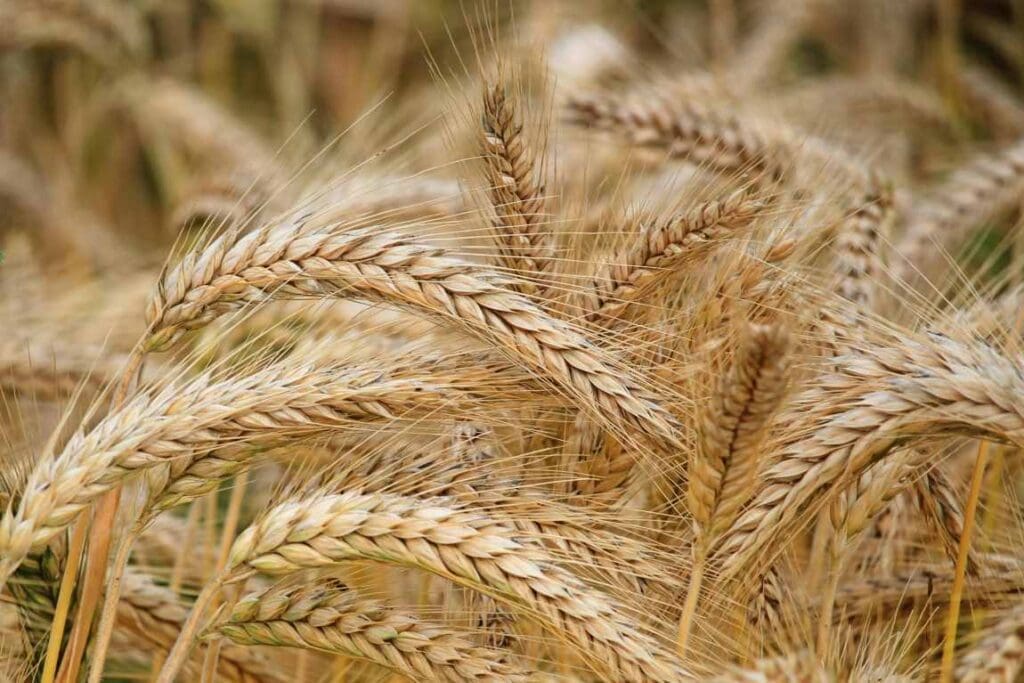Summary:
A team at the University of Illinois Urbana-Champaign has shown that food waste can be converted into sustainable aviation fuel that meets industry standards without blending with fossil fuels. Their work, published in Nature Communications, describes how discarded food can be transformed into biocrude oil and refined into a fuel that matches the specifications set by the American Society for Testing and Materials. The researchers used hydrothermal liquefaction, a thermochemical process that turns wet biowaste into high-energy biocrude, followed by catalytic hydrotreating to remove impurities and produce hydrocarbons suitable for aviation.
Food waste is abundant worldwide, with more than 30% lost or discarded across the supply chain, and its decomposition adds greenhouse gases to the atmosphere. By converting this material into jet fuel, the team outlines a pathway that increases both energy and carbon circularity and could support the aviation sector’s goal of reaching net-zero emissions by 2050. Lead author Sabrina Summers explains that hydrothermal liquefaction effectively accelerates the natural formation of crude oil, making it possible to upgrade biowaste into fuels compatible with existing infrastructure. The approach can be applied to a wide variety of feedstocks, opening opportunities for scaling the technology for commercial use.

Illinois researchers convert food waste into jet fuel, boosting circular economy
Airplane travel is more popular than ever, and our desire for fast transportation means jet fuel has become a major contributor to greenhouse gas emissions. Now, researchers at the University of Illinois Urbana-Champaign have discovered a novel way to address that problem – by converting food waste into sustainable aviation fuel (SAF) that meets industry standards without relying on fossil fuel blends. Their process, described in a new Nature Communications study, could help the aviation industry meet its ambitious goal of net-zero carbon emissions by 2050.
The process in a nutshell is this: The researchers convert food waste into biocrude oil through a thermochemical conversion process called hydrothermal liquefaction, or HTL. Next, they remove impurities from the biocrude oil, and finally, they refine it with the use of hydrogen and catalysts to turn it into aviation fuel.

This approach can be applied to a variety of feedstocks and types of oil, potentially leading to a new direction for obtaining fuels.
“HTL basically mimics the natural formation of crude oil in the Earth. It uses high heat and pressure to convert wet biomass into a biocrude oil. The goal of this work is to upgrade that biocrude oil into transportation fuels that can go directly into existing energy infrastructure,” said lead author Sabrina Summers, who recently graduated with a doctoral degree from the Department of Agricultural and Biological Engineering (ABE), part of the College of Agricultural, Consumer and Environmental Sciences and The Grainger College of Engineering at U. of I.
In this project, the researchers used waste from a nearby food processing facility. Globally, over 30% of food is wasted annually at all levels of the supply chain – from farm to transportation, processing, retail, food service, and households. Food decomposition in landfills and wastewater treatment plants further contributes to greenhouse gas emissions, and recycling waste helps promote sustainability.
But HTL can process feedstock from a wide range of biowaste, including food, sewage sludge, algal bloom, swine manure, and agricultural residue.
“To meet the aviation industry’s goals to decarbonate jet fuel, we need many different renewable sources, and agriculture is going to play a critical role in terms of providing the feedstocks,” said ABE professor and corresponding author Yuanhui Zhang.
To convert biocrude oil into jet fuel, the researchers first removed impurities such as moisture, ash, and salt. They then used a process called catalytic hydrotreating to eliminate unwanted elements like nitrogen, oxygen, and sulfur – leaving behind only the hydrocarbons needed for fuel. After testing dozens of options, they identified cobalt molybdenum as the most effective commercially available catalyst to drive the necessary chemical reactions and refine the oil into sustainable aviation fuel.
To optimize the hydrotreatment process, the researchers adjusted variables such as temperature, catalyst and hydrogen loads, and retention time to identify the best conditions for producing jet fuel. They then tested their sustainable aviation fuel against rigorous standards set by the American Society for Testing and Materials (ASTM) and the Federal Aviation Administration. Their SAF sample passed Tier Alpha and Beta prescreening tests and met all specifications for conventional jet fuel – without requiring any additives or blending with fossil fuels.
The technology has the potential to be scaled up for commercial production, Zhang noted.
“Our research helps solve the science and engineering problems, and then the industry can step in. The process can be applied to other types of oils for SAF. It can also replace other materials, such as petroleum-derived compounds for making plastics. This has huge potential for business opportunities and economic development,” he said.
Zhang has developed an index to measure circular bioeconomy, and he said SAF provides a valuable contribution to circularity.
“In a linear economy, we just produce something, use it, and throw it away. In this project, we take the waste and recover the energy and materials to make a usable product. This fills a missing link in the circular paradigm,” he concluded.
Journal Reference:
Summers, S., Yang, S., Si, B. et al., ‘From food waste to sustainable aviation fuel: cobalt molybdenum catalysis of pretreated hydrothermal liquefaction biocrude’, Nature Communications 16, 9570 (2025). DOI: 10.1038/s41467-025-64645-y
Article Source:
Press Release/Material by University of Illinois College of Agricultural, Consumer and Environmental Sciences (ACES)
Featured image credit: Freepik (AI Gen.)




